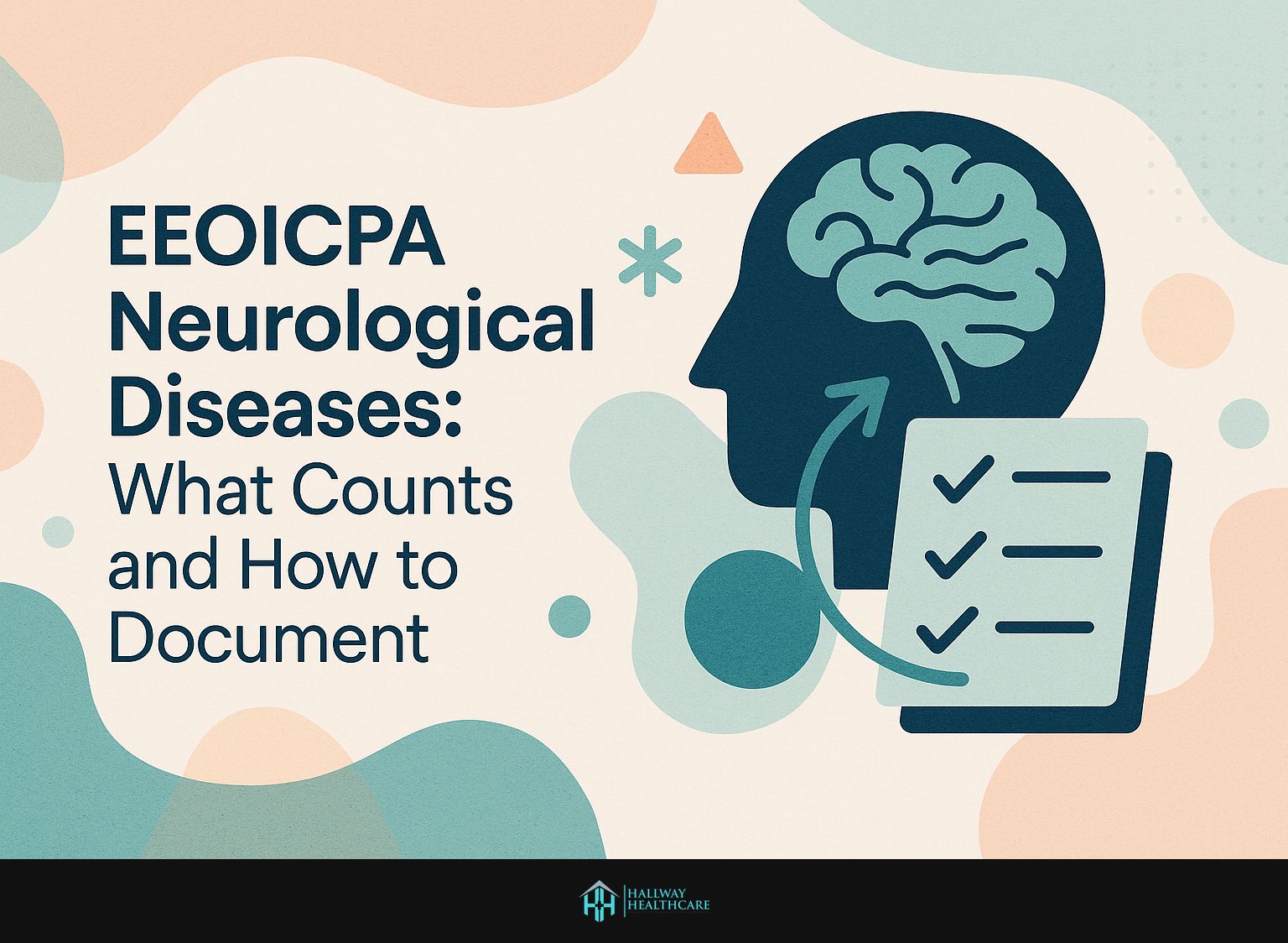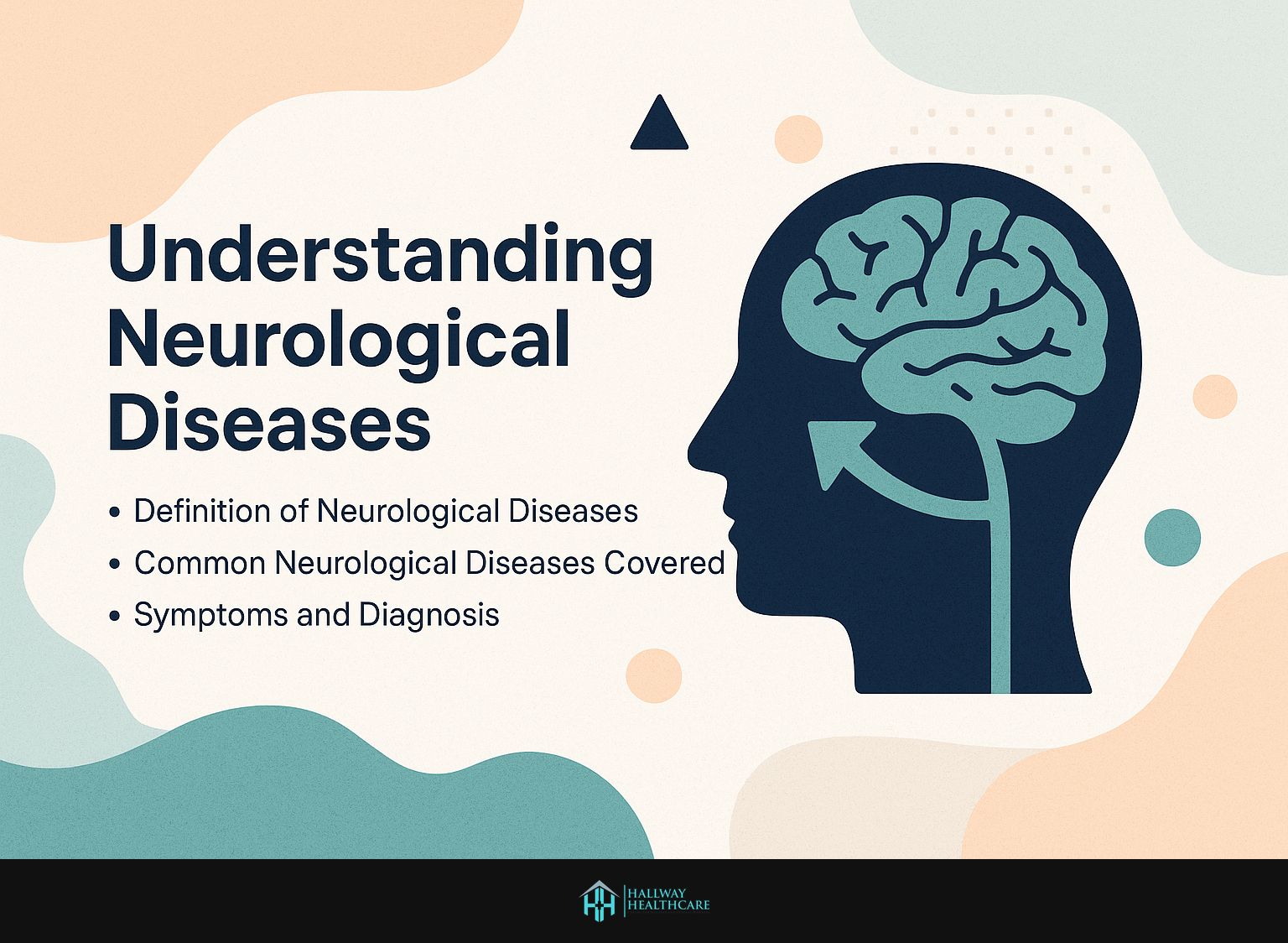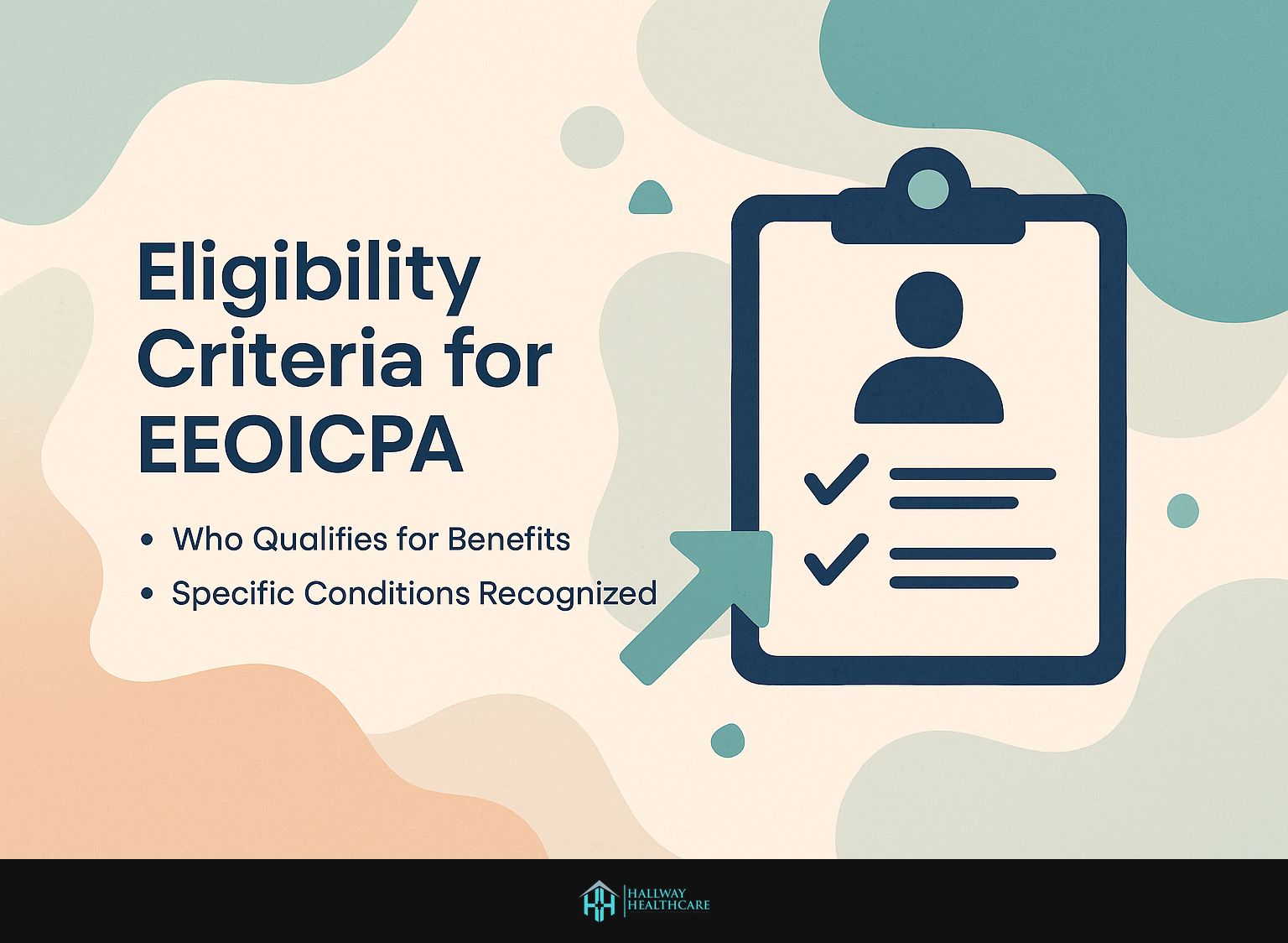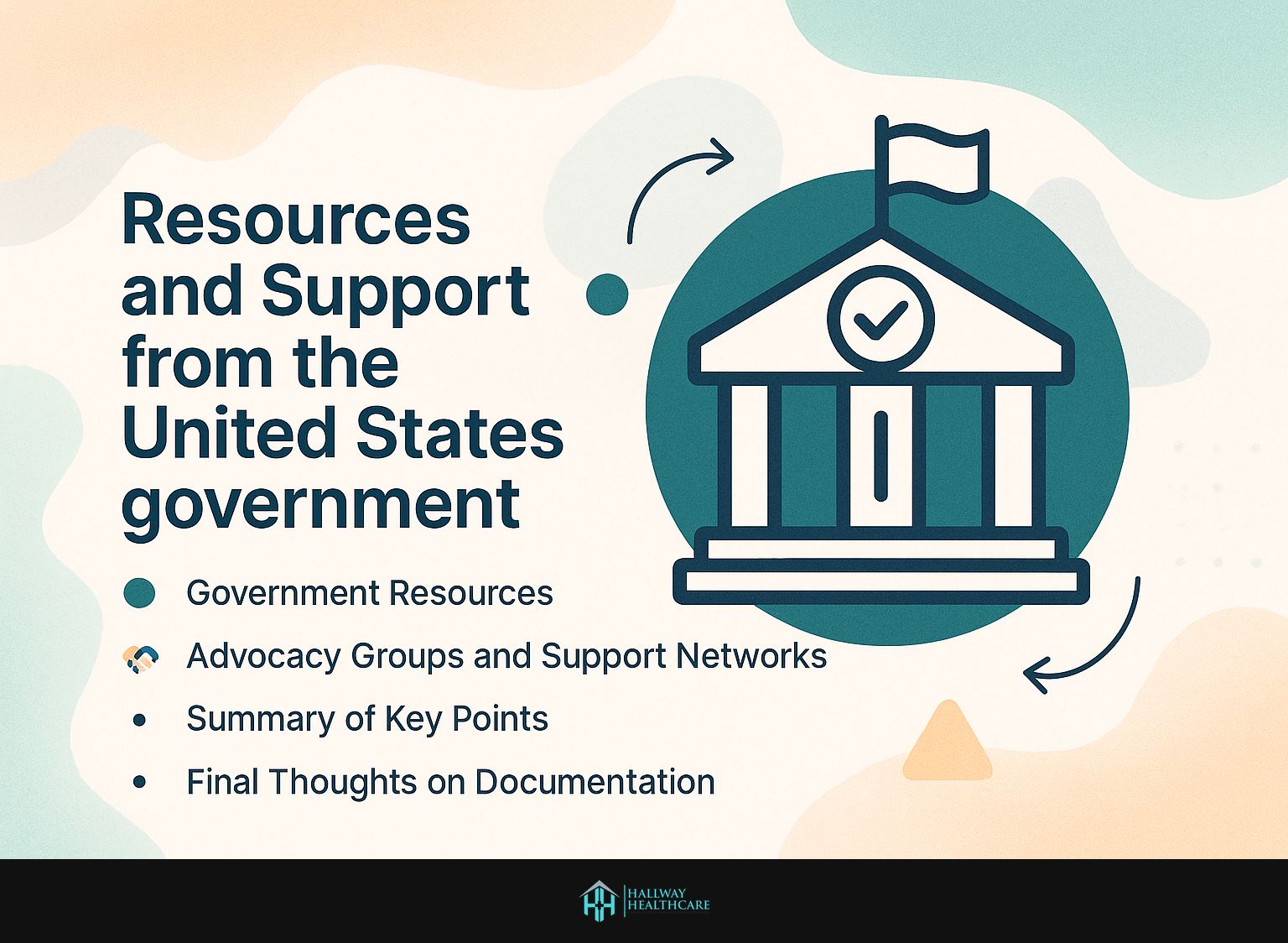
Navigating the EEOICPA program complexities is crucial for qualifying for worker compensation. Understanding covered conditions and how to document them significantly impacts your EEOICPA program claims. This article will guide you through the essential criteria set by the Department of Labor, including how to request access to resources like FederalRegister.gov and eCFR.gov, ensuring you receive the compensation benefits you deserve as an Atomic Weapons Employer.
Key Takeaways:
- Documentation is crucial for proving eligibility for benefits under EEOICPA, especially for neurological diseases.
- Common neurological diseases covered under EEOICPA include Parkinson’s, ALS, and various types of brain cancer.
- Accurate and thorough documentation, including medical records and supporting documentation, is essential for successfully filing a claim under EEOICPA.
Overview of the EEOICPA Program
Established in 2000, the Energy Employees Occupational Illness Compensation Program Act (EEOICPA) addresses the needs of employees who worked for Atomic Weapons Employers and were diagnosed with specific illnesses resulting from radiation exposure.
This legislation aims to compensate affected workers and their families for various illnesses, including cancers and respiratory diseases linked to radiation exposure.
Significant milestones include the processing of approximately 299,000 claims, highlighting the act’s considerable impact and the support from the Department of Energy and the United States government. Among the notable covered conditions are lung cancer, beryllium illness, and other ailments induced by radiation.
Furthermore, the EEOICPA also facilitates medical benefits for survivors, showing commitment to support those who contributed to the nation’s nuclear efforts.
Importance of Documentation
Accurate documentation is fundamental to the success of compensation claims, particularly in substantiating illnesses related to radiation exposure, such as glioblastoma.
Key documents for EEOICPA claims include medical evidence like diagnosis reports and treatment records, plus employment records detailing job history and exposure incidents.
Eyewitness accounts or affidavits that support the claims can enhance the strength of the case, serving as critical medical evidence. Missing even one required document can delay processing or lead to claim denial. Compile a complete file before submission.
Utilizing tools such as DocuSign can facilitate the efficient management and security of these essential documents.
Understanding Neurological Diseases
Neurological diseases affect the brain and nervous system. Examples include brain tumors and various cancers.
Many of these conditions are recognized under the Energy Employees Occupational Illness Compensation Program Act (EEOICPA) for compensation related to radiation exposure.

Definition
Neurological diseases encompass a range of disorders, including brain tumors, multiple sclerosis, and Parkinson’s disease, which may be associated with exposure to toxic substances. These conditions often link to environmental hazards. Awareness is crucial for individuals covered by the Energy Employees Occupational Illness Compensation Program Act (EEOICPA) and the field of environmental medicine.
For example, exposure to radiation may exacerbate the incidence of brain tumors, while multiple sclerosis has been correlated with exposure to chemical solvents. According to the National Institute of Neurological Disorders and Stroke, approximately 1 million Americans are living with Parkinson’s disease, highlighting the necessity for established guidelines, authorized representative support, and engagement letter protocols for early detection and effective management of these conditions.
Regular health screenings and access to educational resources can greatly improve health outcomes for affected individuals.
Common Diseases Covered
The EEOICPA covers many neurological diseases. Glioblastoma and other brain cancers are notable due to their aggressive nature and rising incidence rates, especially in areas like Paducah, Kentucky.
Other significant neurological diseases include meningioma, accounting for about 34% of all primary brain tumors. Anaplastic astrocytoma has been linked to toxic exposure in certain jobs.
A recent study indicated that the rate of glioblastoma diagnoses increased by 3.2% annually from 2014 to 2019, raising further concerns regarding the prevalence of this condition.
Resources like the National Cancer Institute’s SEER database provide comprehensive statistics on these diseases. This information enhances awareness and advocacy efforts. This data underscores the urgent need for continued research and support for workers affected by these conditions and their families.
Symptoms and Diagnosis
Identifying neurological diseases requires a thorough approach. This includes clinical evaluation, imaging tests, and histological analysis to confirm conditions like glioblastoma. Common symptoms may encompass persistent headaches, seizures, or cognitive changes, all of which necessitate further investigation.
The diagnostic process generally begins with a physical examination and a thorough assessment of the patient’s medical history. This is often followed by imaging tests, such as MRI, to visualize any abnormalities present. In certain instances, a biopsy may be warranted to evaluate the tissue at the microscopic level.
For EEOICPA claims, keeping detailed documentation of diagnostic tests is essential. These serve as evidence of the diagnosis. Consequently, it is imperative to ensure that all imaging and biopsy reports are systematically organized and readily accessible.
Eligibility Criteria
Eligibility for EEOICPA benefits is contingent upon meeting specific criteria, thereby ensuring that only individuals directly affected by radiation exposure are able to receive compensation.

Who Can Receive Benefits
Qualified beneficiaries include workers from Atomic Weapons Employers, eligible survivors, and contractors exposed to radiation or toxic substances. These individuals typically hold positions such as nuclear engineers, laborers at weapons production facilities, and safety personnel.
For instance, former employees of the Los Alamos National Laboratory or the Hanford Site may be eligible for benefits.
Recent statistics indicate that approximately 70% of claims submitted by these groups are accepted, underscoring the program’s strong support for those affected and emphasizing the importance of claimants like Stephens & Stephens, led by Hugh Stephens.
To initiate the application process, beneficiaries are required to compile documentation, including employment records and medical evidence, to substantiate their claims. This thorough preparation can significantly improve their chances of approval.
Specific Conditions Recognized
The Energy Employees Occupational Illness Compensation Program Act (EEOICPA) acknowledges a range of specific medical conditions, including various cancers such as lung cancer and leukemia, which are scientifically correlated with radiation exposure.
Additional qualifying conditions encompass thyroid cancer, multiple myeloma, and certain neurological disorders. Research conducted by the National Cancer Institute supports these associations; for instance, studies indicate an increased risk of thyroid cancer among workers exposed to radioactive materials.
To be eligible for benefits, individuals must document their employment history in covered facilities and provide a formal diagnosis of a qualifying condition. It is highly advisable to consult with a medical professional to ensure that all necessary evidence is compiled to support a successful claim.
Documentation
Accurate documentation of neurological diseases is crucial for the claims process. It ensures that claimants present compelling evidence of their conditions and their relation to employment.

Required Medical Records
Claimants must submit detailed medical records, including diagnostic letters and treatment history, to support their claims for neurological diseases.
Organizing medical files is crucial. Start by gathering diagnostic imaging results, like MRIs or CT scans, that clearly show the condition.
Next, include detailed treatment histories. This should cover physician visits, medication prescriptions, and records related to rehabilitation or therapy. Use tools like Microsoft OneNote or Google Drive to organize these documents. This makes retrieval easier during the claims process.
Supporting Documentation
Along with medical records, supporting documentation like employment history and evidence of environmental exposure is vital for a successful EEOICPA claim.
To strengthen your claim, gather key documents early. Ensure compliance with federal laws regarding your IP address and automated scraping tools.
- Employment verification letters should provide detailed information regarding job titles, responsibilities, and the duration of employment at pertinent sites, especially if you were an Atomic Weapons Employer.
- Environmental assessments or reports can serve to establish exposure to hazardous materials. For example, if you were employed at a facility recognized for handling radioactive materials, it would be beneficial to obtain specific studies or testimonies that outline those associated risks.
Consider including witness statements from co-workers. Personal testimonies can boost the credibility of your evidence, especially with the EEOICPA program.
Importance of Accurate Records
Accurate records are essential for navigating the EEOICPA claims process. Incomplete submissions can lead to delays or denials. For instance, one claimant faced a six-month delay due to outdated medical records. Another was denied benefits for missing specific employment records.
To avoid these problems, gather all necessary documents, including:
- Employment history
- Medical evaluations
- Secondary witness statements
Resources like the EEOICPA Resource Center can help verify required documentation. Additionally, employing checklists for each submission can ensure completeness and facilitate the maintenance of organized records, thereby significantly expediting the claims process.
Filing Claims
Filing a claim under the Energy Employees Occupational Illness Compensation Program Act (EEOICPA) involves a structured process that necessitates meticulous attention to detail to ensure that all required components are adequately addressed, especially for compensation value estimation.
Steps to File a Claim
To file a claim under the EEOICPA, follow these steps:
- Gather necessary documentation,
- Complete the claim form,
- Submit the claim to the Department of Labor, and
- Await the determination.
Start by collecting essential documents, including your employment history, medical records, and relevant incident reports, as these will substantiate your claim.
Next, download and complete Form EE-1 from the Department of Labor’s website, ensuring that all information provided is accurate and thorough.
After completing the claim form, submit it electronically or by mail to the appropriate district office. After submission, it is advisable to monitor your mailbox for the determination letter, which may take several months to arrive.
For more guidance, contact your local EEOICPA office or visit resources like FederalRegister.gov.
Common Mistakes to Avoid
Avoid common mistakes to improve your chances of claim approval. Notable errors include submitting incomplete forms and failing to provide sufficient medical evidence.
Be mindful of deadlines and submit your applications on time. Understanding the eligibility criteria is crucial to avoid unnecessary rejections.
Create a checklist of required documents like medical records and employment history. Verify that all information provided is accurate.
Use document organizer apps to streamline the process. This helps collect all necessary materials before submission and boosts your chances of approval.
Many resources and support networks help claimants navigate the Energy Employees Occupational Illness Compensation Program Act (EEOICPA) claims process. They provide essential guidance and advocacy.
Resources and Support from the United States government
The Department of Labor offers many resources for EEOICPA claimants, including guides on eligibility and filing claims.

Government Resources
Claimants can find important materials on the official EEOICPA website. Here, you’ll find guides on eligibility criteria, downloadable claim forms, and detailed instructions.
Start with the ‘Fact Sheet’ for a general overview. Then, move to the ‘Claimant’s Guide’ for step-by-step filing assistance.
The website has a FAQ section that answers common questions and clarifies the processes involved. This helps individuals navigate claims effectively.
Summary of Key Points
Key points to consider are the importance of accurate medical records and a clear understanding of eligibility criteria. Familiarize yourself with the structured claims process under the EEOICPA.
Accurate medical records are essential evidence of employment-related health issues. For example, former employees at designated Department of Energy sites may qualify for compensation.
To navigate the claims process, start by gathering relevant documents like employment history and medical records.
Use available resources like the Department of Labor’s website or seek help from support groups. They provide valuable guidance tailored to your needs.
Organizing all relevant information enhances the efficiency of the claims process. This helps you meet deadlines and requirements.
Final Thoughts on Documentation
Meticulous documentation is a vital tool for navigating the EEOICPA claims process effectively.
To support your claim, start by gathering comprehensive records. This includes employment history, medical records related to exposure, and any relevant correspondence with the Department of Energy.
Use organizational tools like Evernote or Google Drive for structured storage. This ensures easy access and allows for updates as needed.
As you compile this information, create a timeline of events outlining your exposure and health impacts. This enhances the clarity of your narrative.
This approach strengthens your claim and shows your commitment to transparency. This can increase the chances of a favorable outcome.
 Skip to content
Skip to content
